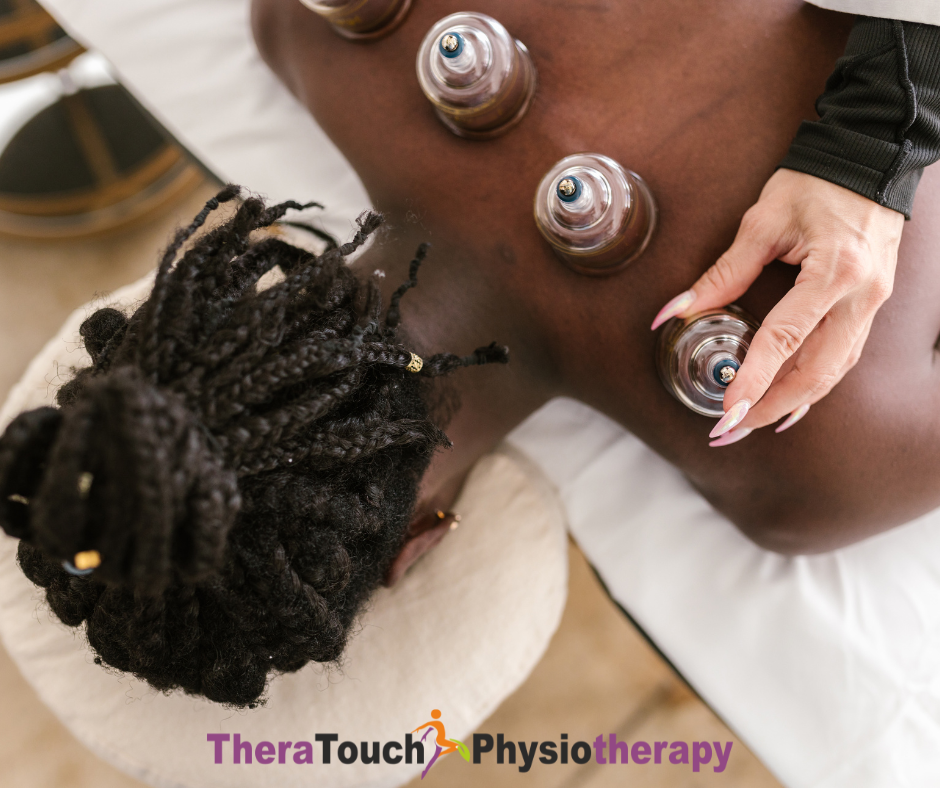The holiday season is a time for celebration, but the added activities and extra strain on your body can sometimes bring knee pain into the picture. Whether you’re kneeling down to set up decorations, carrying heavy gifts, or dancing at a holiday party, your knees can take on a lot during this busy time of year.
But don’t worry! Knee pain doesn’t have to be a part of your holiday experience! In this blog post, we’ll go over common causes of knee pain during the holidays and share tips to help you keep your knees happy, healthy, and pain-free.
Why Do My Knees Hurt During the Holidays?
The holidays are filled with fun activities, but they can also lead to physical strain on your knees. From decorating to shopping to cooking, your knees may be getting more use than usual. Let’s not forget the lifting boxes of decorations, heavy shopping bags, or even a Christmas tree can put extra stress on your knees, especially if you’re not using the proper lifting techniques.
Whether you’re wrapping gifts on the floor, putting up holiday lights, or playing with kids, long periods of kneeling can cause discomfort in your knees. Cold temperatures can lead to stiff and tight muscles, which may cause discomfort in your knees, especially if you have preexisting conditions like arthritis. During the holidays, you may find yourself sitting for long periods at family gatherings or on long car trips. Sitting for extended times can cause stiffness and strain in your knee joints.
Tips for Keeping Your Knees Healthy This Holiday Season
Strengthen Your Leg Muscles
Strong muscles around your knees are essential for supporting the joint and preventing pain. Focus on strengthening exercises for your legs, such as:
Squats: Stand with your feet shoulder-width apart and squat down as if you’re sitting in a chair, making sure your knees don’t extend past your toes.
Lunges: Step forward with one leg and lower your hips until both knees are bent at about 90 degrees. Push off with your front foot to return to standing.
Leg extensions: Sit in a chair and slowly extend one leg straight out in front of you. Hold for a few seconds and lower it back down.
Use Proper Lifting Techniques
Lifting heavy boxes and bags is often a part of holiday prep, but it can be hard on your knees if you’re not lifting correctly. To protect your knees, bend at your hips and knees, not your waist. Keep the weight close to your body, and avoid twisting while lifting.
Stretch Regularly
Stretching helps maintain flexibility in your muscles and ligaments, preventing stiffness in your knees. Include these stretches in your routine:
Sit on the floor with one leg extended straight and the other bent. Reach toward your toes to stretch your hamstring.
Stand tall and grab your ankle behind you with your hand, pulling it toward your glutes to stretch the front of your thigh.
Stand facing a wall with your hands on it and one foot forward. Lean toward the wall, keeping your back leg straight, to stretch your calf muscles.
Protect Your Knees When Kneeling
If you’re kneeling for tasks like gift wrapping or setting up decorations, use knee pads or a soft surface to reduce pressure on your knees. Try to switch positions frequently to avoid prolonged pressure on your knees.
Stay Active and Keep Moving
It’s tempting to stay cozy indoors during the colder months, but keeping active is key to maintaining knee health. Try low-impact activities like walking, swimming, or cycling to keep your legs strong and your knees flexible.
Manage Your Weight
Excess weight puts additional stress on your knee joints, which can lead to pain or discomfort. Maintaining a healthy weight, especially during the holidays when indulgence is common, will help reduce pressure on your knees.
At-Home Remedies for Knee Pain Relief
If you experience knee pain, there are a few things you can do at home to help alleviate discomfort:
Ice therapy: Apply an ice pack to your knee for 15-20 minutes to reduce inflammation and swelling.
Heat therapy: Use a heating pad on your knee to help relax tight muscles and relieve stiffness.
Over-the-counter pain relief: Nonsteroidal anti-inflammatory drugs (NSAIDs) can help reduce pain and swelling in the short term.
When to See a Physiotherapist
If your knee pain doesn’t improve with rest, stretches, or self-care, it’s a good idea to consult a physiotherapist. If you experience swelling, instability, or difficulty moving your knee, a physiotherapist can assess your condition and create a treatment plan tailored to your needs.
Enjoy the Holidays Without Knee Pain
Don’t let knee pain get in the way of your holiday celebrations. With proper strengthening, stretching, and smart self-care, you can keep your knees happy and healthy throughout the season.
TheraTouch Physiotherapy is here to help you move pain-free. Reach out today to learn how we can help you enjoy all your holiday activities from dancing at family gatherings to hiking in the snow without knee discomfort.








